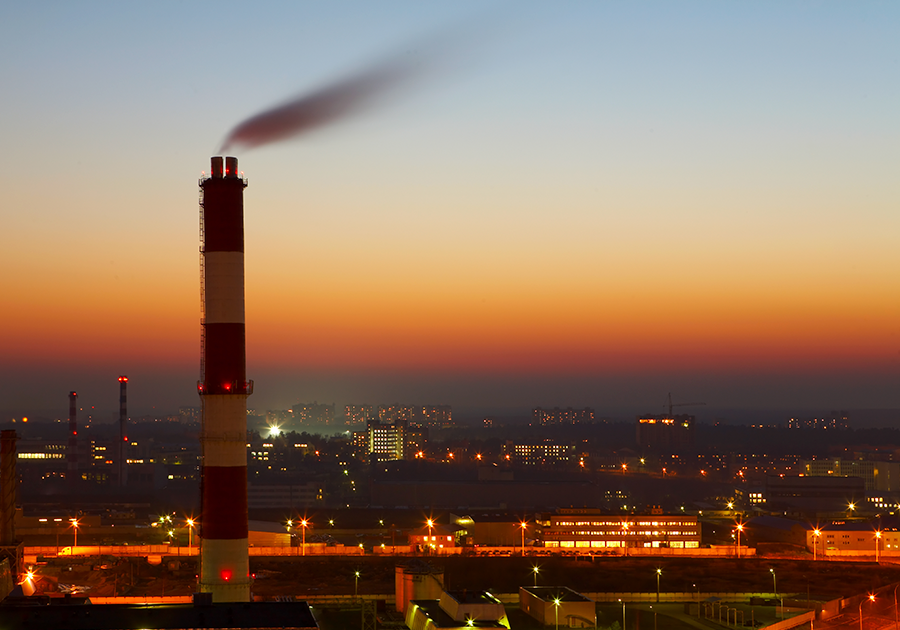
Decree No. 11,075/2022 of the Federal Government has been in force since May 19, 2022, creating the long-awaited Regulated Brazilian Carbon Market.
The Decree focuses on exporting credits, particularly to countries and companies that need to offset emissions to meet carbon neutrality commitments. Among the innovations introduced by this legislation are the procedures for the preparation of Sectoral Plans for the Mitigation of Climate Change and the institution of the National System for the Reduction of Greenhouse Gas Emissions (Sinare). Moreover, the Decree provides new definitions, such as the definition of “carbon credit” and “methane credit.”
In relation to the Sectoral Plans for Mitigating Climate Change, the standard delegates the approval of gradual goals for the reduction of emissions and the removal of greenhouse gases to the Interministerial Committee on Climate Change and Green Growth, as foreseen in the recent Decree No. 10,845/2021. These Plans will aim at achieving climate neutrality as informed by the country in the Nationally Determined Contribution (NDC), submitted under the Paris Agreement. The goals given by the country in December 2020 are to reduce greenhouse gas emissions by 37% by 2025 and then by 43% by 2030. Monitoring of the Plans will be done through the presentation of a periodic inventory of greenhouse gases of sectoral agents.
Within 180 days from the publication of the Decree (extendable for an equal period), the sectors may present their proposals for the establishment of greenhouse gas emission reduction curves. It is important to remember that the sectors in question were previously defined in the Law that instituted the National Policy on Climate Change (PNMC – Law No. 12,187/2009), namely the electricity generation and distribution sectors; urban public transport and interstate modal transport systems of cargo and passengers; manufacturing industry and consumer durable goods; fine and basic chemical industries; pulp and paper industry; mining; construction industry; health services; and agriculture.
The recently approved standard considers that there may be different treatment for agents working in these sectors, including a different schedule for joining Sinare. Differential treatment may be established in each specific target plan, depending on the criteria, such as categories of companies and rural properties, enterprise revenue, emission levels already verified, characteristics of the economic sector, and location. A priori, it is not yet possible to know which enforcement mechanisms will be adopted to control the execution of the plans.
On the other hand, Sinare will have the main function of serving as a single center for recording emissions, removals, reductions, and offsetting greenhouse gases and trade acts, transfers, transactions, and the retirement of certified carbon reduction credits emissions. The regulation of its activities is still pending and should be done by a joint act of the Ministries of the Environment and Economy. The System should make it possible, in parallel, to record the carbon footprint of products, processes, and activities, carbon from native vegetation and carbon in the soil (which should include rural producers and acres of protected native forest), in addition to blue carbon, which is present in marine, coastal, river, and mangrove areas.
Finally, the definitions introduced by the new Decree are essential to guarantee the validity and standardization of transactions in this market. Accordingly, both “carbon credit” and “methane credit” are defined as “financial, environmental, and transferable assets” and represent the “reduction or removal of one ton” of carbon dioxide or methane, which has been recognized and issued as credit both in the voluntary market and in the regulated market. Stabilizing such concepts will allow greater legal certainty in relation to the incidence of other standards, such as those pertaining to taxes.


